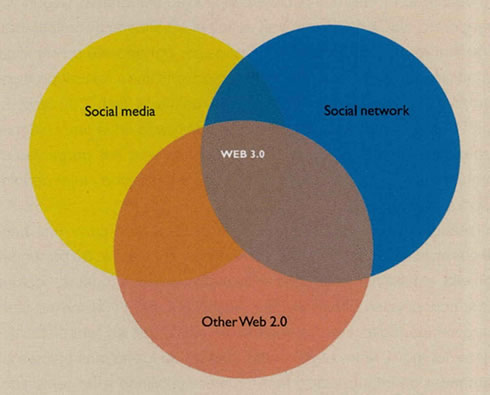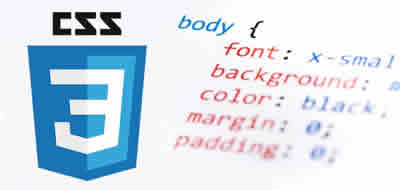Web 3.0 - Meaning, origin and advantages
Web 3.0 is an extended Web, endowed with more meaning where any user can find answers to their questions faster.

The Internet evolution to wards Web 2.0 or Social Webcame with the arrival of a new generation of technologies and online interactive applications that allow easy publishing, editing and distribution of content and creating personal networks and online communities.
In fact, and although there is considerable confusion between the literature about similarity and/or difference between Web 3.0 and Semantic Web, both concepts designate the same reality.
So while Web 2.0 is managed by the human user, the Web 3.0 (including semantic Web, facing to the main role of computational engines and data processors who understand the descriptive logic in many more developed languages of metadata, using advanced software as RDF / XML), managed in the cloud or cloud computing and executed from any device with a high degree of virality and customization,is a new kind of web in which semantic content is added to the documents and this entails their execution to be made by machines that based on our profiles on the Web, find information for us.
A clear example would be that we would look for traditional Web information on "cat" and Google would present us all kinds of cats and so the Semantic Web itself present us different alternatives "cat" but from a mechanical perspective.
"Web 3.0 is responsible for defining the meaning of words and provide that a Web content may bear an additional significance that goes beyond the textual meaning of the content itself."
From a marketing standpoint, this Web 3.0, allows you to build an advertising message that will be disseminated through an advanced digital technology.
The semantic encoding of said message may include information not present to the naked eye for the user.
Indeed, the Web 3.0 technologies that use semantic data, have been implemented and used in a small-scale in companies to get a accumulation and customization of data more efficiently, for example any company that knows implement a strategy 3.0, which is based on four pillars:
- The commitment to the media (audio, video, image)
- Socializing through social networks
- Multisupport distribution
- Content
Semantic data obtained through social media, social networks and other collaborative services such as Flickr, Delicious, Digg, extracting the semantic meaning and the profile of users in the respective network, allowing the company to use interactive use of data and offering content with a presence in all networks and all devices (iPhone, iPad, etc.)

In short, the Web 3.0 (including the Semantic Web), according to its creators (W3C), is responsible for definethe meaning of words and help a Web content that may bear an additional significance that goes beyond the textual meaning itself of such content.
Y así el W3C define la Web 3.0 como:
"An extended Web, endowed with greater significance in which any Internet user can find answers to your questions more quickly and easily thanks to a better-defined information about what you want."
In short, Web 3.0 marks the beginning to create a knowledge base and semantic and qualitative information.
Thereby it’s pretendedto storing user preferences (tastes, customs, connectivity, interactivity, usability, etc.) and at the same time, combining with existing content on social networks and mobile Internet, among others, being able to attend the information demnds and facilitate access to digital content, thereby providing an essential tool for advertising acceptance, adoption, flow and functionality of company in order to retain the user with the marks that appear in the network.

Compared to traditional branding (perception that a certain population has about a brand or product), e-branding is based on the strategic management of brand building in digital media.
The eBranding or online brand management, on Web 3.0, is configured as one of the most ideal tools for those business strategies focused on customer orientation, ie, concerned about personalizing its message, interaction with the recipient and bidirectional maintenance with the customer in order to achieve loyalty.
Indeed, companies need to not only know how the commercial message must be, but how to deal with a morw elusive and restrictive user that bases much of their decisions on the pulses generated through networks and virtual communities.
The presence in them, of a merely decorative way or as passive reference point attempt is doomed to failure in advance, in a habitat where the fundamental becomes semantic and qualitative connection to the user without the direct pressure of weight signature or commercial message.
We are therefore against the consolidation of a new cycle in the artificial intelligence combined with the ability of people to achieve the establishment of a direct, two-way, interactive and constantly movingcompany-user communication in response to the user habits and demands.
CITE ARTICLE
For homework, research, thesis, books, magazines, blogs or academic articles
APA Format Reference:
Delgado, Hugo. (2019).
Web 3.0 - Meaning, origin and advantages.
Retrieved Nov 12, 2025, from
https://disenowebakus.net/en/web-3





